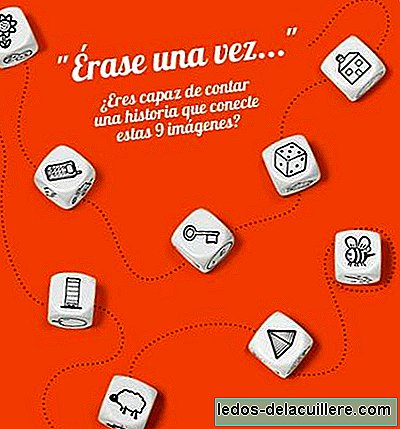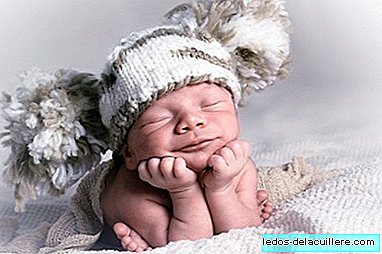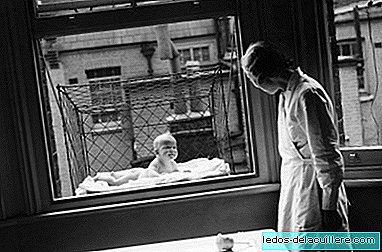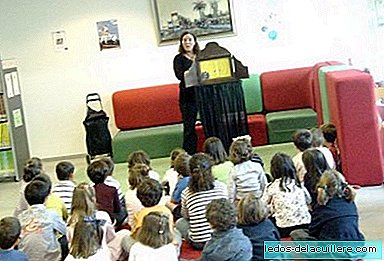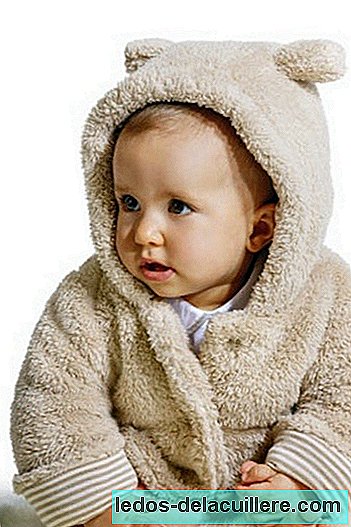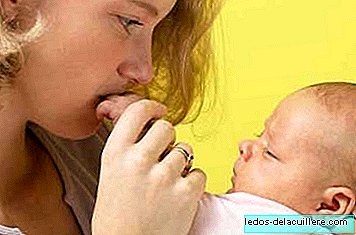
It is a very interesting and very revealing theory about the importance of attachment during the first years of life.
At the time it provided a new vision of human behavior at a time when it was considered inappropriate for the psychological and physiological development of the baby to carry it in arms, kiss it, snuggle it, hug it and have contact beyond what is necessary to feed it.
A position that we must rescue today to ask ourselves where we are and where we are going on the path of parenting.
Who studied this new vision has been the American psychologist Harry harlow (1905-1981), famous for his studies related to breeding and emotional deprivation carried out with macaques in the 1960s.
One of his best known works is the one that confirms the call "Soft mother theory" or surrogate mother, an investigation based on the behavior of rhesus monkey pups.
The investigation consisted of separating the young from their biological mother and replacing them with two artificial mothers: one made with a metal net provided with a bottle and the other made of plush and without food.
Which of the two mothers do you think preferred the offspring? Only when they felt hungry were they going to satisfy their need with the food provided by the metal monkey, but all the rest of the time they remained close to the heat and the soft texture provided by the plush mom. It even served as protection, as they approached her to shelter when something scared them. They did not approach the mother who provided them with food, but the one who provided them with security.
When the young were moved to a new habitat they clung to the plush mother until they felt safe to go exploring on their own, always returning to the "soft" mother to seek reparation. Instead, when the young were moved to a new habitat without their mother, they acted very differently: they started screaming, crying, sucking their fingers and looking for their "soft object" everywhere.
When they met again with their mother they clung to her without daring to leave her, which reveals that the need for protection is above the need to explore.

In the image above you can see how the baby monkey goes to the surrogate mother to take the bottle, but still having physical contact with the soft mother.
Another interesting aspect of the study was that both the offspring of the wire mom and those of the plush mom gained weight at the same rate but with a difference, that the first ones had diarrhea more frequently. Harlow interpreted it as not having contact with the mother meant babies added stress that had an impact on their digestion.
What does this study tell us? For starters, the need for contact is instinctive and basic in babies. Then, that the need for affection, protection and security provided by a mother is superior to the need for food. Food is important and necessary, but it is nothing more than affection. It reveals above all the essential importance of maternal attachment during the first years of life to raise self-assured, healthy and independent children.
I rescue a phrase from the Punset documentary about the brain of babies that was recorded on me: for a human being to be truly independent, he must first have been a dependent baby.
We transfer this example to humans and the way we raise our children. Do we satisfy your affection needs? Do we provide enough containment for them to be able to explore the world safely? Are we there when they cry, when they need us, when they seek the safety of arms to calm down? Do we try to establish those affectionate bonds so important for their development?
In short, there are many questions that each parent should reflect trying to find their own answers.
Finally, what seems surprising to me is that these investigations have come to light 50 years ago and we are still debating whether we should let the baby cry in the crib or spoil him for carrying him in his arms.



